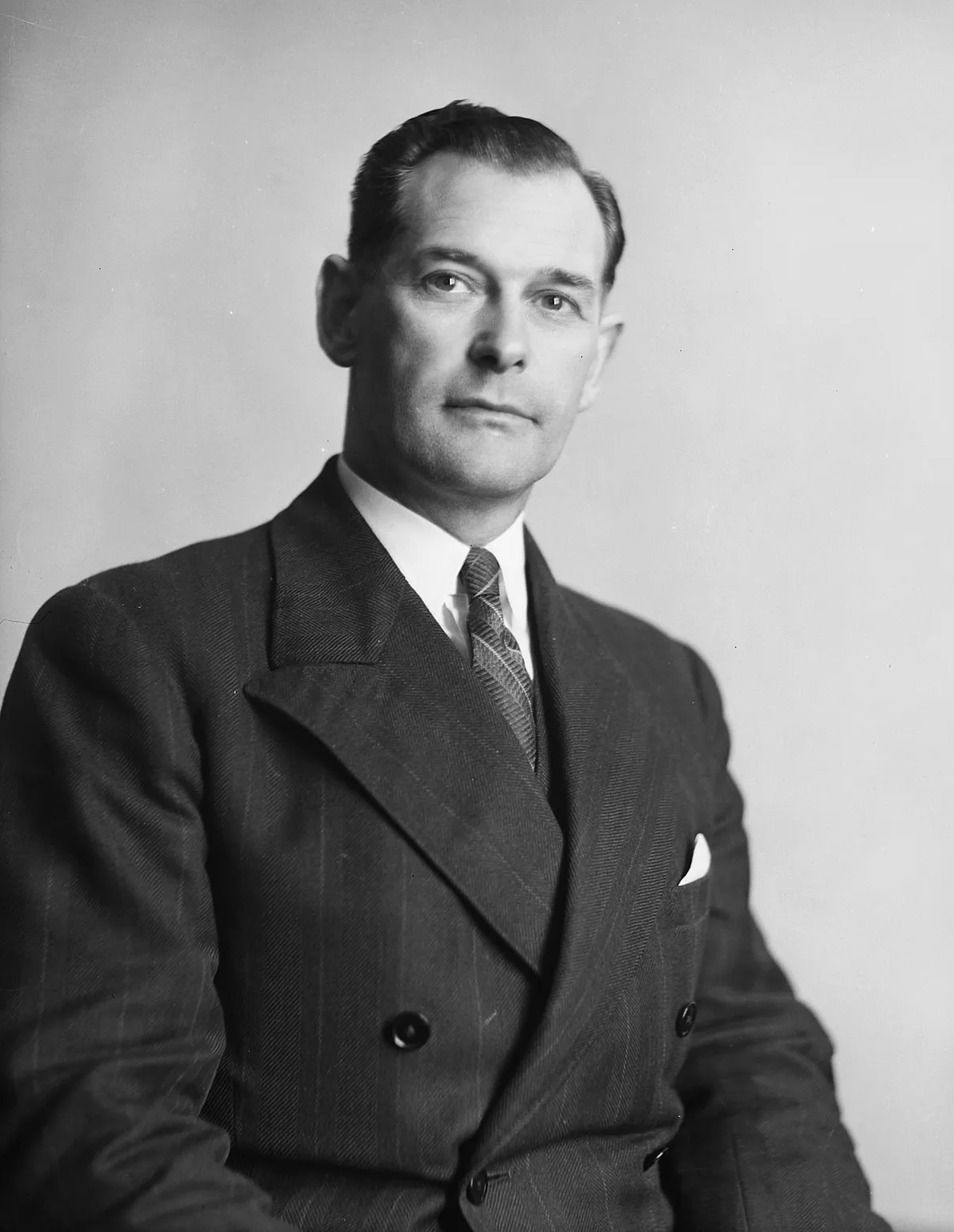 1.
1. Sir Keith Jacka Holyoake was a New Zealand politician who served as the 26th prime minister of New Zealand, serving for a brief period in 1957 and then from 1960 to 1972, and as the 13th governor-general of New Zealand, serving from 1977 to 1980.